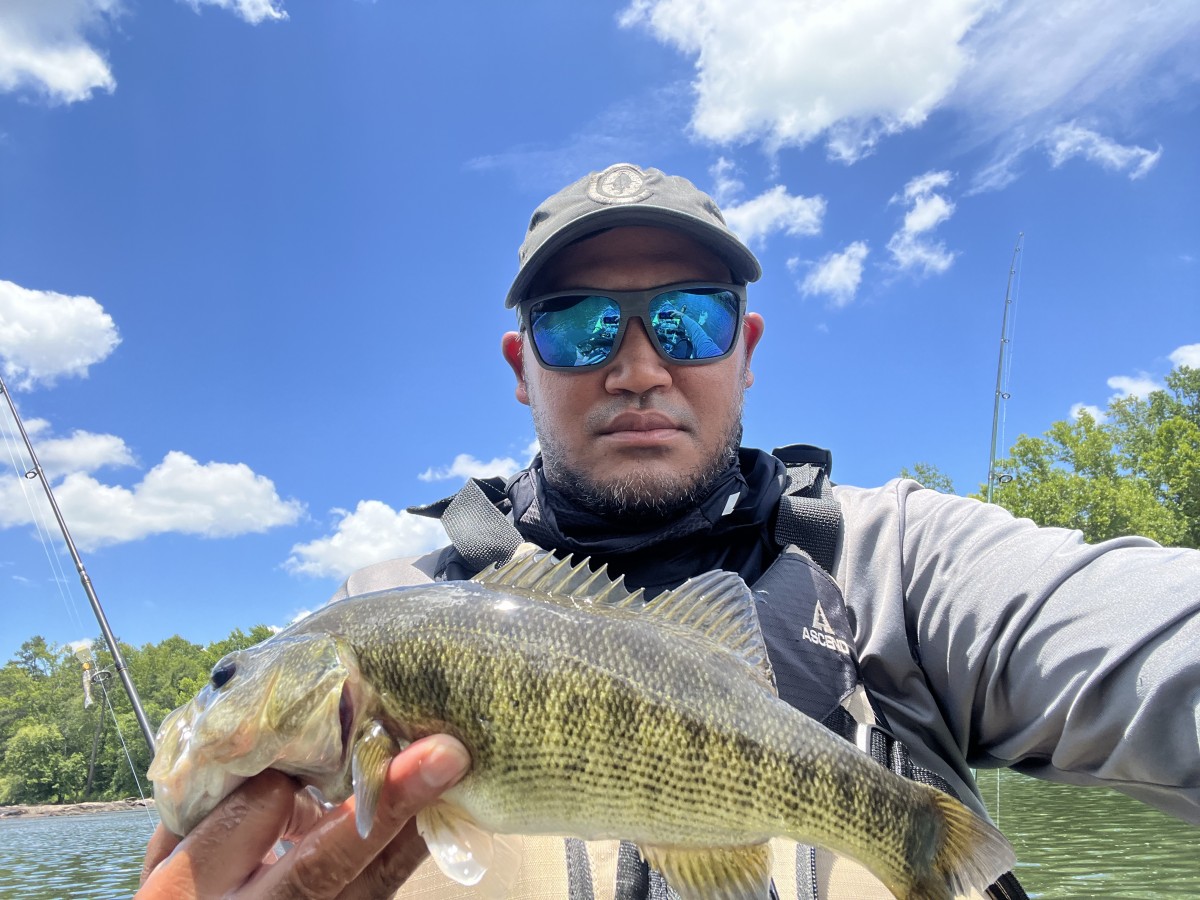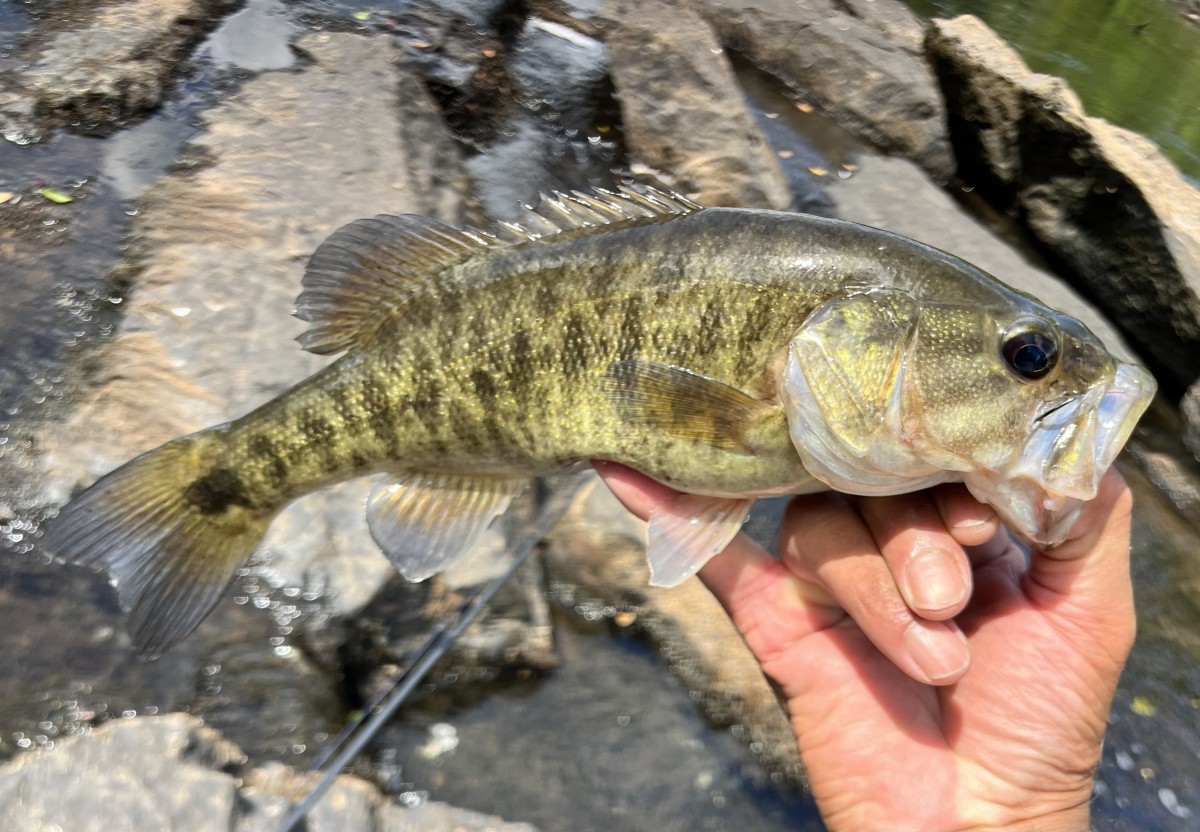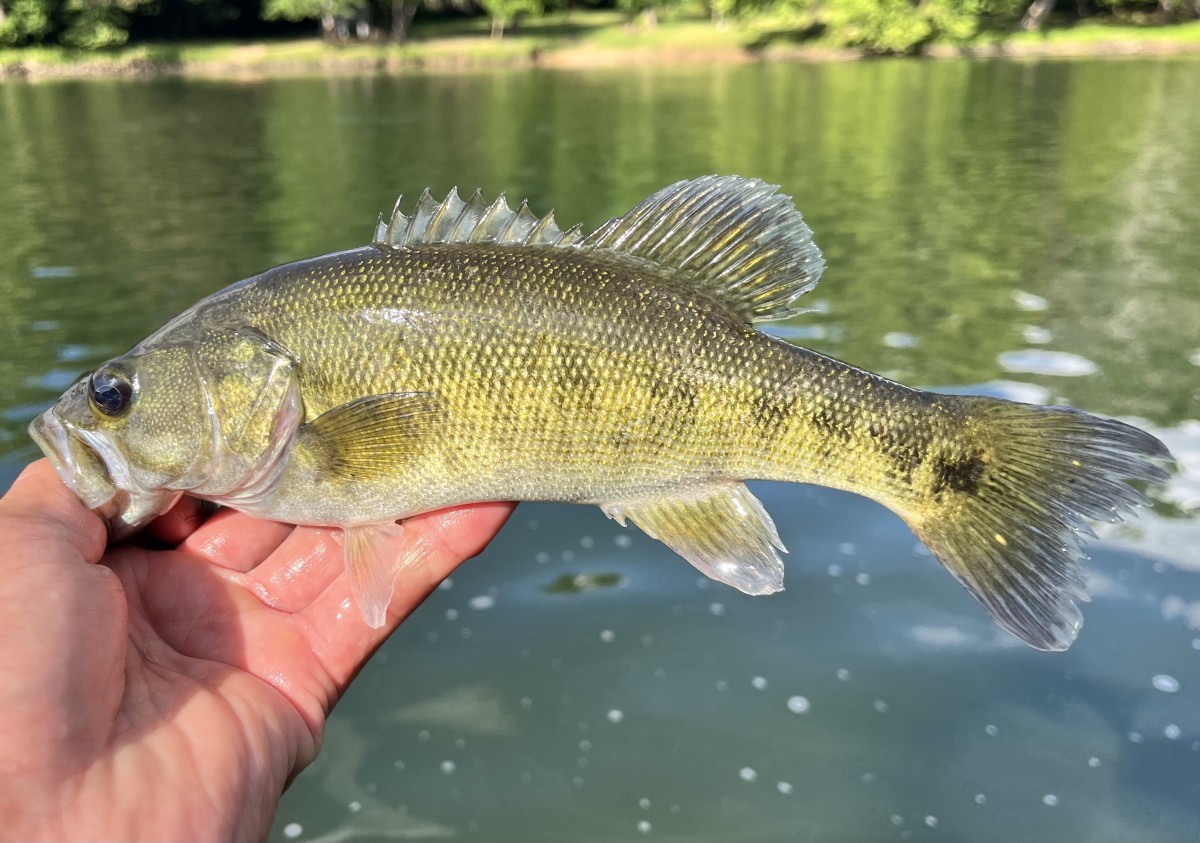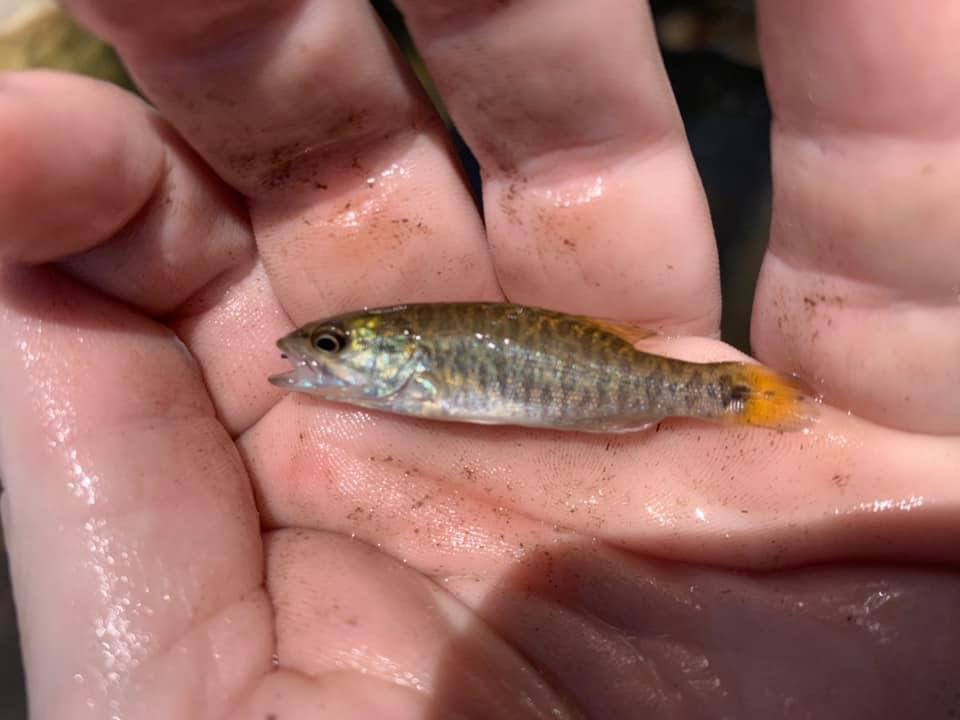Shoal bass
(Micropterus cataractae)
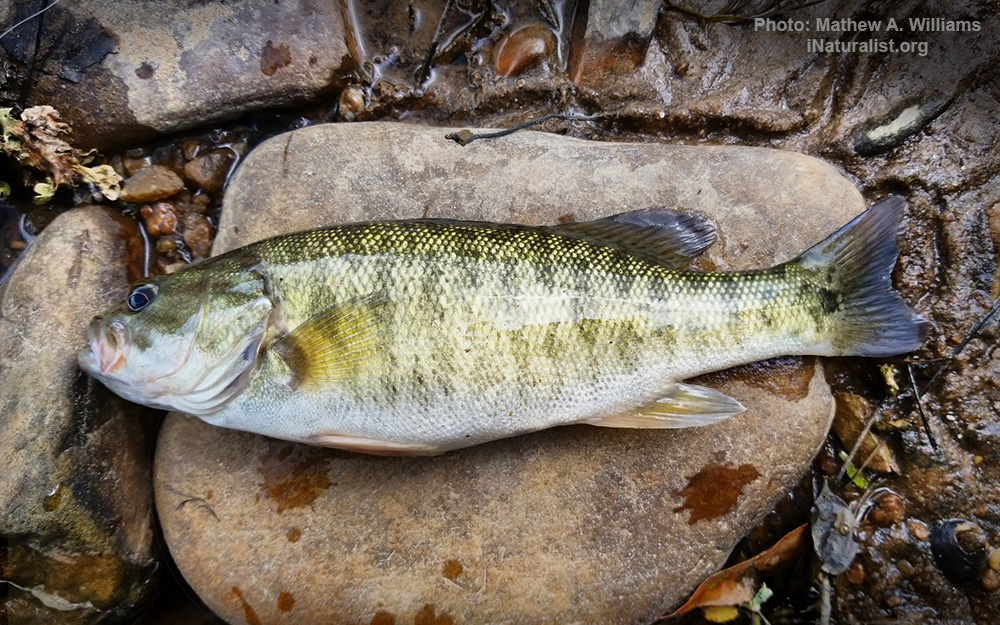
Classification
General data
The shoal bass (Micropterus cataractae) is a species of freshwater fish in the sunfish family (Centrarchidae) of order Perciformes. One of the black basses, it is native to waters in Florida and Georgia. It is also occasionally found in rivers and streams of East Alabama where it has been declared an endangered species and cannot legally be kept if caught by fishermen.
Of typical size for a black bass, M. cataractae reaches a maximum recorded length of 24 inches (61 cm) and a maximum published weight of 8 pounds, 12 ounces.
Only described for the first time in 1999, ichthyologists are still expanding what is known about the species. The shoal bass is often confused with the redeye bass, due to its red-tinted eyes. It is also often confused with the smallmouth bass, due to its faint vertical stripes along the side of its body.
Description
This species was formerly considered either a redeye bass or subspecies of the redeye bass. In 1999 it was described as a new species.
The red color of eyes associates this species with the redeye and Suwannee bass at first glance. However, it is more closely related morphologically to the spotted bass. Shoal bass are generally olive green to nearly black along the back. A dusky dark blotch about 50 to 67 percent of the size of the eye occurs on the back edge of the gill cover. Three diagonal black lines radiate along the side of the head looking like war paint. Ten to fifteen vertical blotches appear along the sides with tiger-stripes often appearing in between.
The belly is creamy or white and wavy lines may appear slightly above the white belly on the sides. The dorsal, caudal and anal fins are dark olive green to grayish black. Pelvic fins may have a cream colored leading edge with dark spots.
The shoal bass has scales on the base portion of the soft-rayed dorsal fins, clearly connected first and second dorsal fins, and an upper jaw bone that does not extend beyond the eyes.
Range and habitat
The shoal bass is becoming increasingly uncommon in the Apalachicola and Chipola Rivers because so few shoals exist and competition with non-native spotted bass has increased. It is also known in the Chattahoochee river drainage; and is most plentiful in the relatively undammed Flint River of Georgia, as well as lakes such as Blackshear and West Point. Shoal bass are closely associated with rock shoals and are uncommon in other habitat due to its unique spawning requirements.
The conservation status of shoal bass is vulnerable throughout its range. Good fishing still exists in Flint River in Georgia, but anglers are encouraged to catch and release. Conversely, anglers are urged to keep all spotted bass caught on the Flint River because of its competition with and potential for hybridizing with the shoal bass.
Behavior
Shoal bass spawn in coarse gravel at the heads of creek pools in April and May, to early June. They prefer a spawning temperature of 64 to 79 °F (18 to 26 °C). Like the largemouth, the male prepares the nest and guards the eggs and fry.
Shoal bass feed mainly on aquatic insects on the surface. They also feed on larval insects, crayfish and fish. Shoal bass grow much faster than redeye bass.
